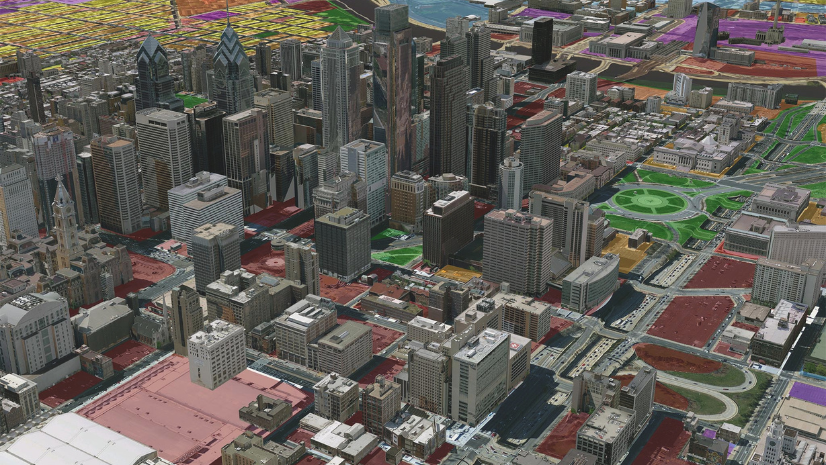I had the pleasure of participating in the 2022 Esri Pacific User Conference November 15-16 in Sacramento, California. The plenary session included wonderful presentations from customers. One was from Sacramento CIO Maria MacGunigal. Another was from California GovOps Department Secretary Amy Tong. It was impressive to see two executives understand and evangelize the value of GIS to support government agency operations, particularly those operations that fall under the public works realm, which is my focus.
Maria’s presentation followed the conference theme Mapping Common Ground and was entitled: Addressing Society’s Most Pressing Challenges. An interesting note about Maria is that she has a Geography degree and started out at the City as the GIS Manager. She shared some statistics about the City’s use of GIS:
- 600+ GIS datasets
- 142 datasets on the Open Data site
- 400+ GIS web services
- 276 GIS apps used by City staff
- GIS integrates with nearly every City business system including CMMS, customer care, permitting & licensing, animal care, asset management, public safety, transportation, and outside agencies like Sacramento County and SACOG
She highlighted the GIS integration with 311 and called it the, “biggest touch point with the community.” You can view 311 data over time in this application.
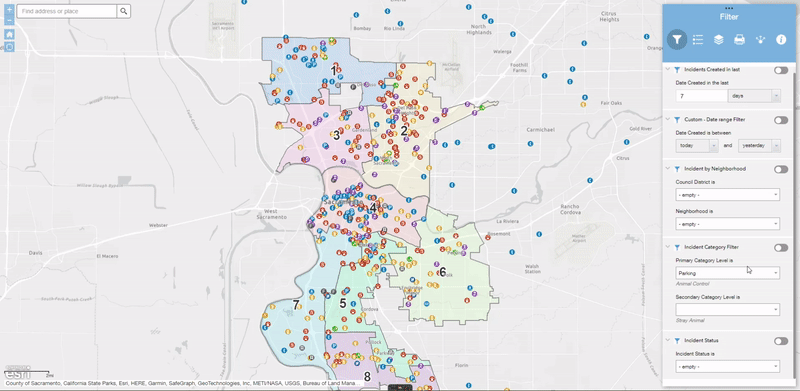
She reviewed the City’s Equity Plan and the role of GIS in that effort including the use of the Sacramento Community Vulnerability Index.
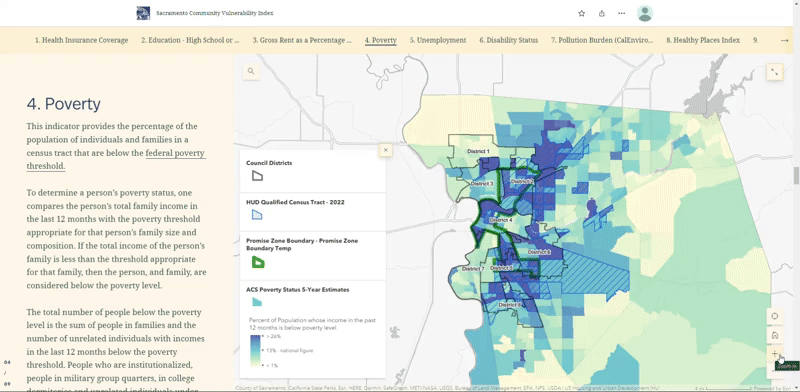
Other City GIS initiatives include battling illegal dumping, supporting drain inlet inspections, and supporting the streetscape inventory process in the field with real-time monitoring back in the office which helps plan workloads and better estimate costs.
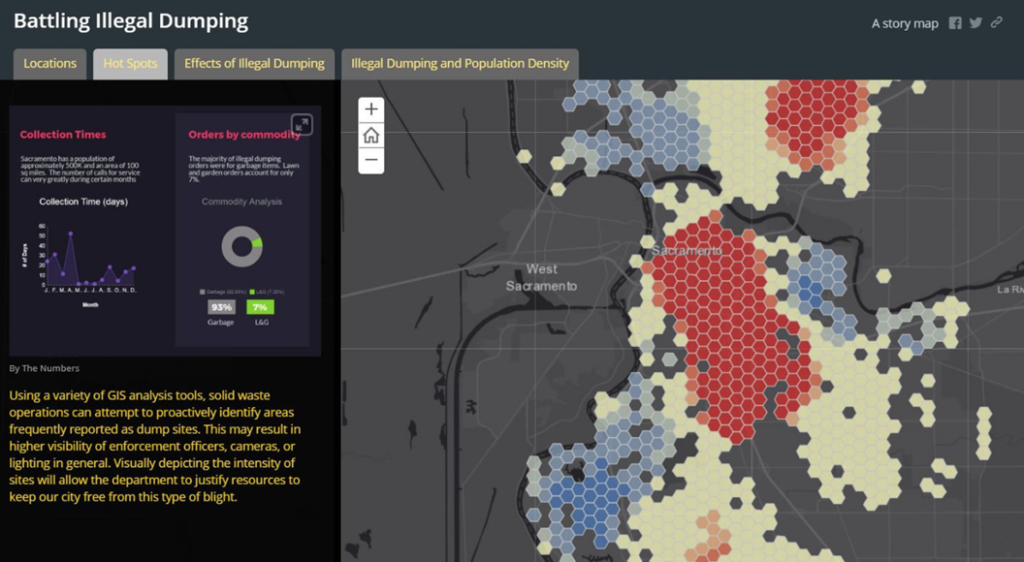
Maria’s presentation highlighted how the City relies on its GIS to help address their most pressing challenges and how it is a mission-critical, enterprise IT system that delivers significant business value.
GovOps Secretary Tong spoke about the middle-mile broadband initiative, the state’s multibillion dollar effort to help close the broadband digital divide by expanding the middle-mile network in just four years, and the role of GIS in this project. GIS project work includes mapping statewide the unserved and underserved communities, tribal lands, the difficulty in procuring building permits, and the proposed 10,000 mile network.
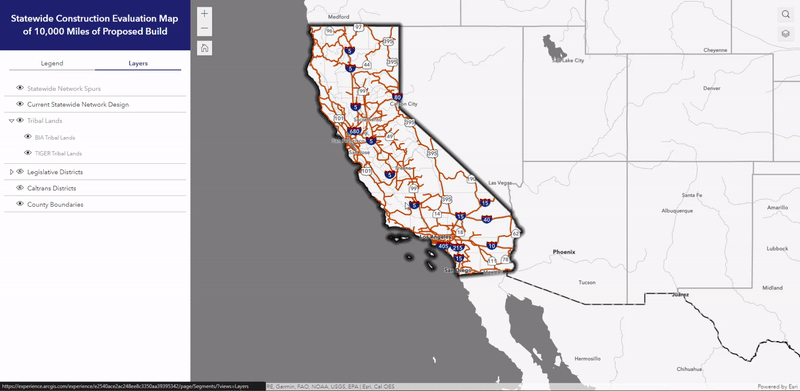
Both presentations by these executives showed how valuable GIS is to government organizations and the wide range of possible applications that deliver real business value. These are two prime examples of what GIS can help accomplish with executive leadership, sponsorship, and vision, along with dedicated staff, partners, and proper planning and strategy. These are examples others should emulate.
For more information on how public works professionals can use GIS to support their operations, please visit: https://go.esri.com/GIS4PW.



